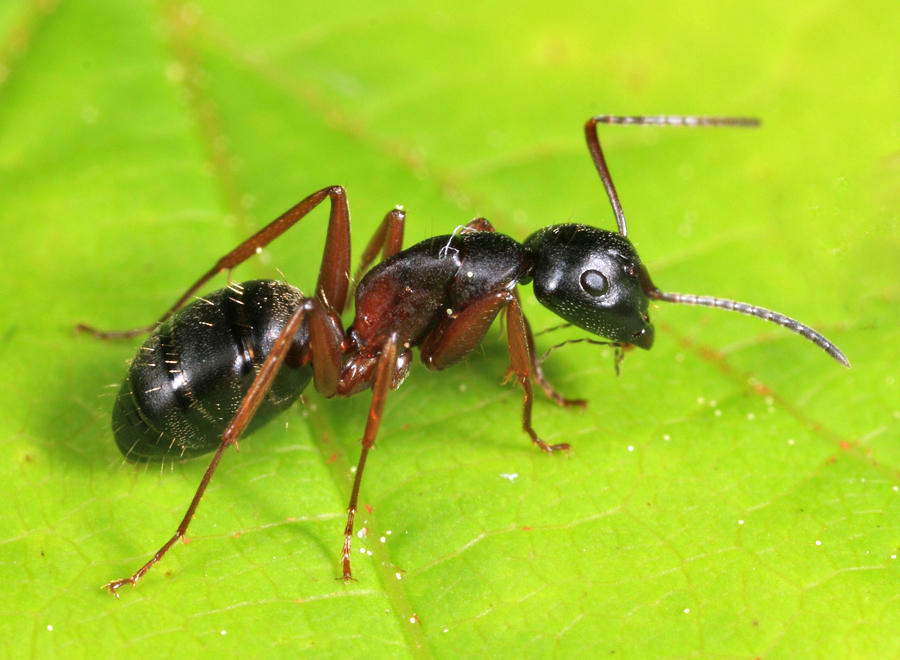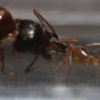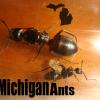I have noticed over the past few months that there are some really cool ant species that may not be common or are absent in my area (MA), but in other places in New England. One of these are Camponotus herculeanus, the most cold-tolerant ant in the world, whose range even extends into Northern Alaska. They can survive well below -40 C. There have been a couple vague records in MA, however they enjoy high elevations and colder climates; Like Northern NH and Maine. This will document my search for this species. Seems like a good first goal/checkpoint as a beginning hobbyist.
Looking at antmaps, there have been 4 graphed occurences in MA. However, what is catching my eye is those 3 bundled occurences in Northern/Mid NH. This is the White Mountain National Forest! I may have to trip there when the time is right. I am not neccassarily looking for a flight or queen (that would be awesome though), but just a colony itself.

After some reading, this species (like many of our Camponotus) nest in living trees, stumps, and logs. Also, they have been collected at Mount Washington (further supporting they are in the White Mountain National Forest) and Mount Monadnock, which is not far from me at all.
Since it is only March and there is 20 inches of snow on the ground as I speak, this is the research process... I'll be looking as soon as it gets warm. Help appreciated, thanks!
Edited by Nathant2131, March 14 2017 - 5:09 AM.



















